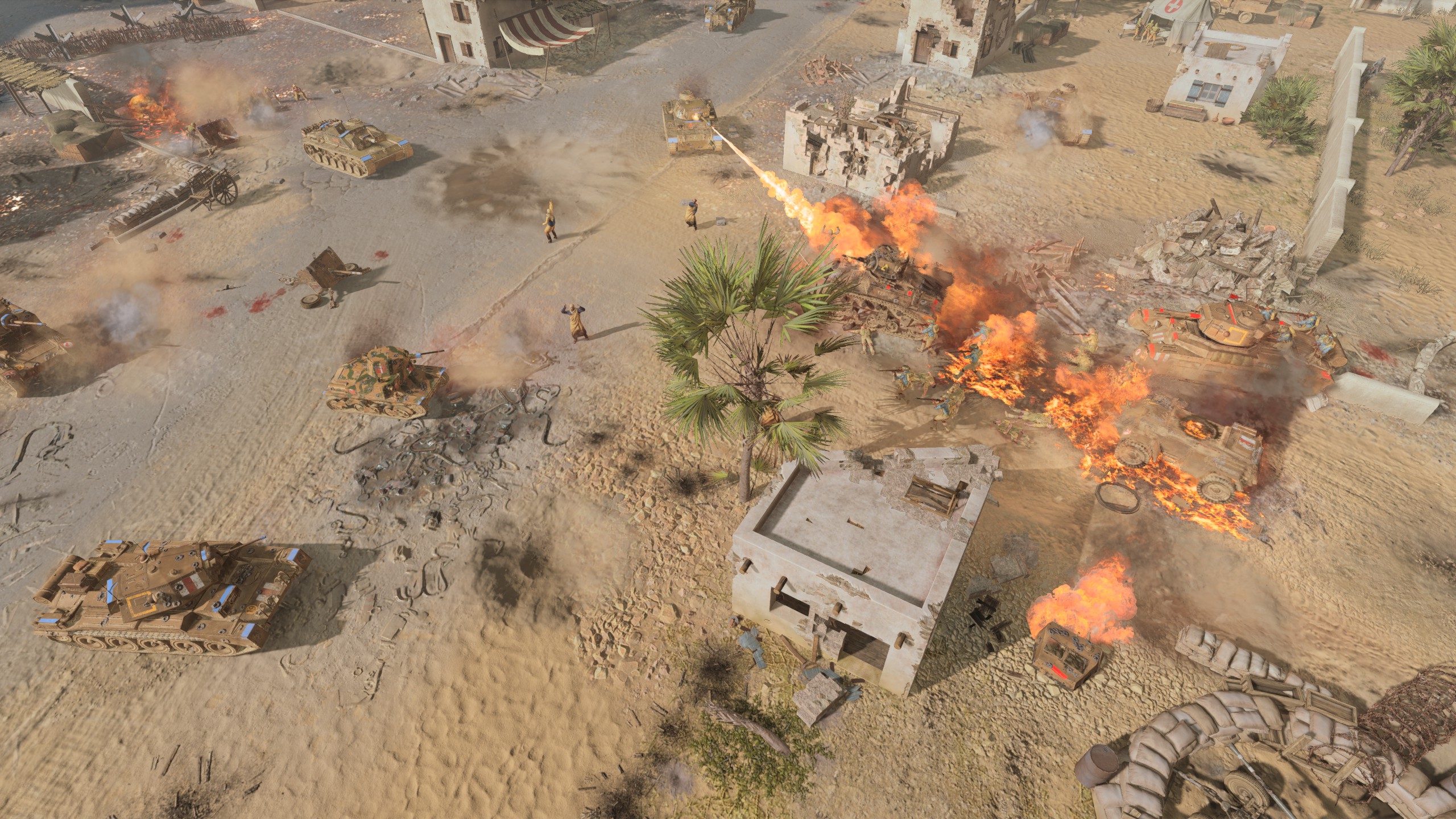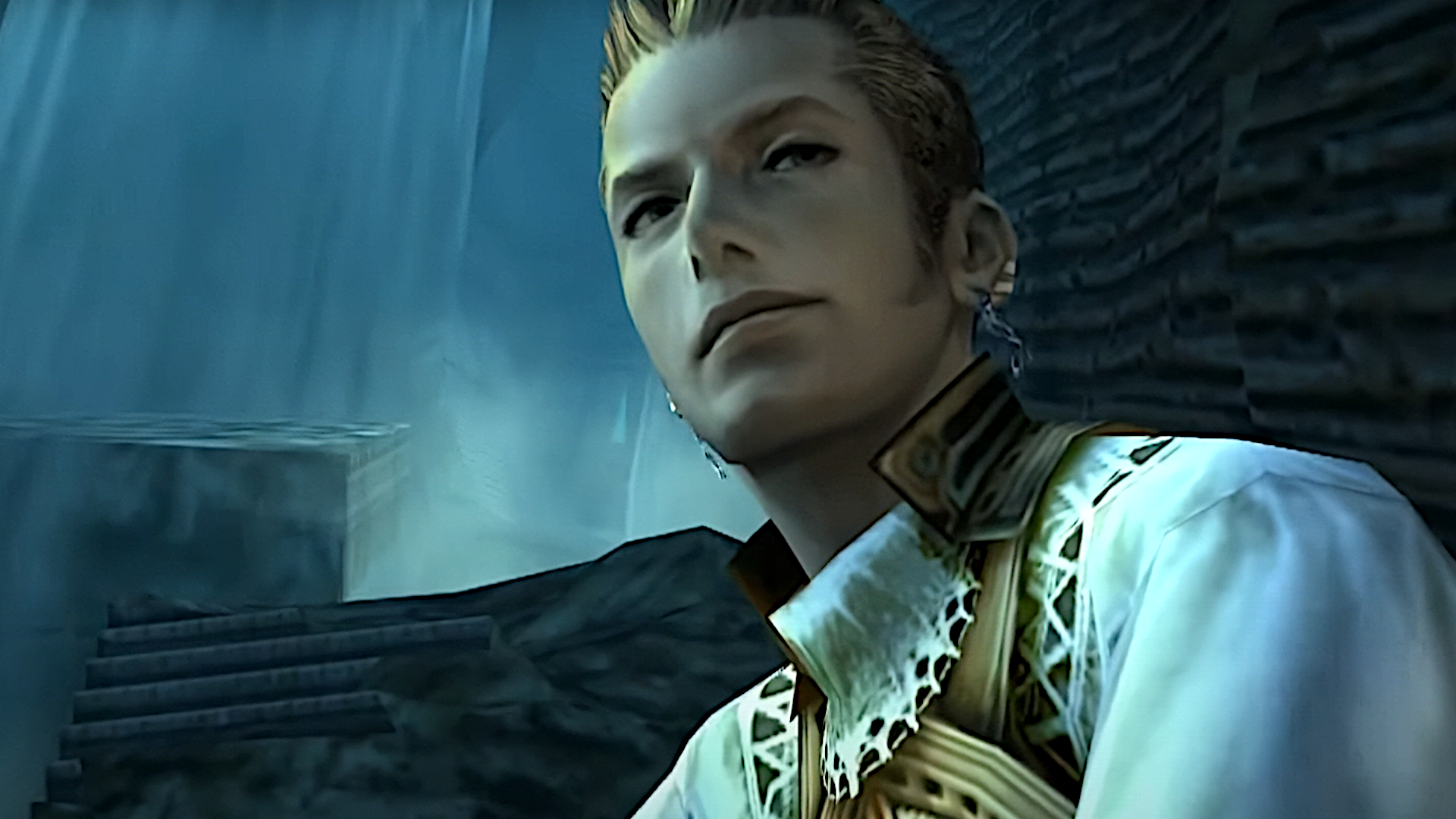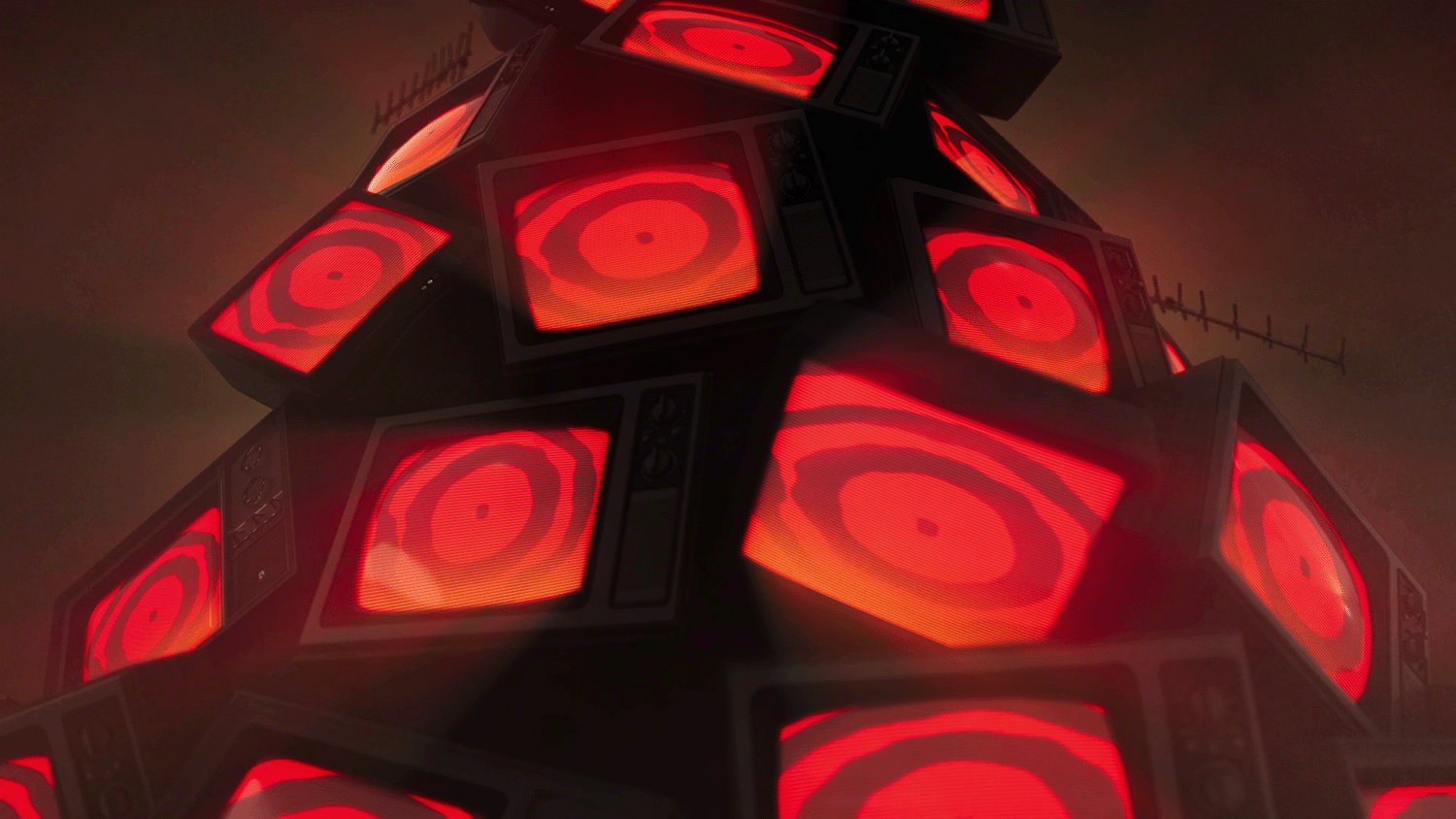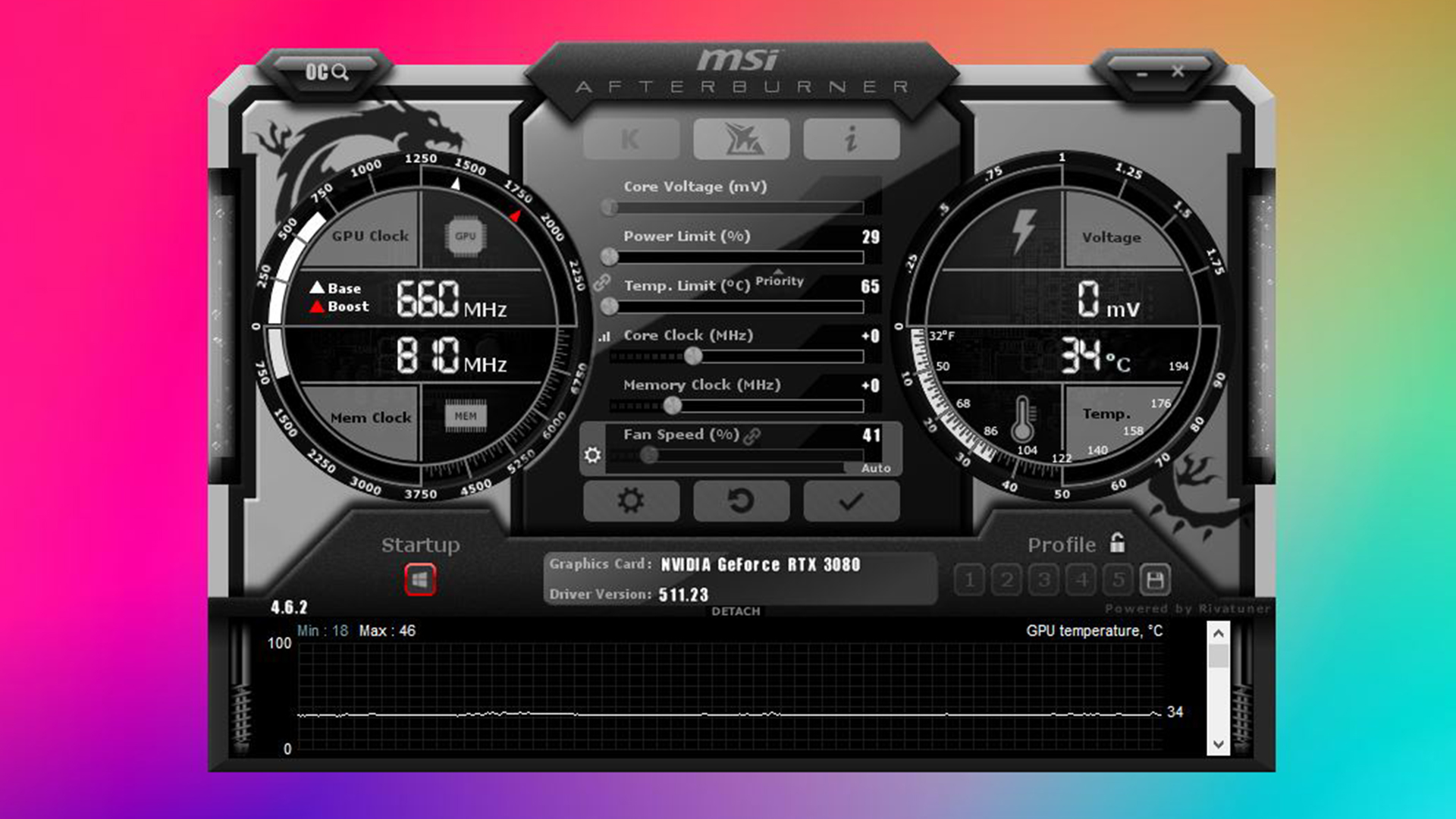
Build defences, blow up buildings, and use height to your advantage in Relic's WWII RTS.
(Image credit: Sega)
We’ve partnered up with Sega to create Boot Camp, a series of articles and videos that showcase the new features and tactical considerations of Company of Heroes 3.
Company of Heroes 3 isn’t a typical RTS. Battles involve far more than recruiting a big blob of troops and throwing them at your enemy’s defences. Not only does every unit have unique abilities that can radically affect the outcome of a fight, the battlefield itself plays a major role in how you approach combat encounters. The game’s maps and missions are highly dynamic spaces that players can interact with in numerous ways. Good generalship involves understanding the lay of the land, how to use it to your advantage, and in some instances, reshaping the terrain to suit your needs.
One of the most important additions to Company of Heroes 3’s battlefield simulation is verticality. Much of the game takes place in the hills and mountains of central Italy, and this vertiginous setting provides more than dramatic views for your soldiers to enjoy. Height and elevation are crucial factors in combat. Squads occupying the high ground gain bonuses when shooting on enemies situated beneath them, their position letting them bypass any cover their opponents might be hiding behind. The phrase ‘fighting an uphill battle’ has lethal implications for your troops in Company of Heroes 3, and you’ll want to ensure they have the literal upper hand as often as possible.
But if a German machinegun team has got your soldiers pinned down from some lofty perch, that’s nothing a few explosives can’t solve. A whole new destruction system forms the backbone of Company of Heroes 3’s dynamic battlefields, one that features fully 3D debris and materials that break according to real-world properties. Building destruction is also more location-specific. If your mortar barrage hits the roof of a building, for example, those mortars will punch holes in the roof where they land. More intense bombardments can cause partial collapses of buildings, or might level the structure entirely.
Buildings are not the only destructible objects in Company of Heroes 3. Everything from trees to fences to the terrain itself is affected when something goes ‘boom’ nearby. This adds further granularity to tactical play. Explosives can be used to deny enemy troops cover, from blowing up fences and stone walls with grenades and satchel charges, to flattening buildings with targeted artillery. Yet these same destructive powers can also create new hiding places for your infantry squads. Bombs and barrages will scar the battlefield with impact craters, which your troops can crawl into to avoid enemy gunfire. Wrecked vehicles, meanwhile, may still play a useful role in combat, providing cover for your squads as they advance on the enemy.
(Image credit: Sega)
There are also ways to alter the environment that don’t involve wrecking the joint. Engineer squads are not only handy for repairing vehicles and roasting enemy troops with flamethrowers, but they can also build an array of defensive structures. These range from walls of sandbags that provide robust cover against small-arms fire, to bands of razor wire and tank traps to inhibit enemy movement. Engineers can even construct small bunkers that can be upgraded with machine-gun and mortar emplacements. Building effective defences helps you direct the flow of battle, making it easier to hold on to crucial capture points, and push forward from advanced positions on the map.
Units can interact with the environment in more specific ways too. Infantry squads will traverse trenches automatically, diving into a trench to take some much-needed cover, and then vaulting over the top when they’re prepared to advance once more. Trenches are no obstacle to tanks either. Larger armoured vehicles can drive across the top of a trench as if it was a mere pothole. Finally, tanks and infantry benefit from a more symbiotic relationship. Infantry squads can hitch a ride on the back of armoured vehicles, enabling them to get to the front that much faster, and help defend armour from artillery emplacements and anti-tank squads.
So if you gaze across the battlefield from your general’s tent and find the situation isn’t to your liking, there are plenty of ways to change things up. Direct you engineers to hinder your opponent’s advance with some defensive structures. Order your riflemen squads to commandeer the high ground. Or give the battlefield a military makeover with an artillery barrage or two. In Company of Heroes 3, the environment is more than just a place where you fight, it both affects and is affected by how you command your army.



